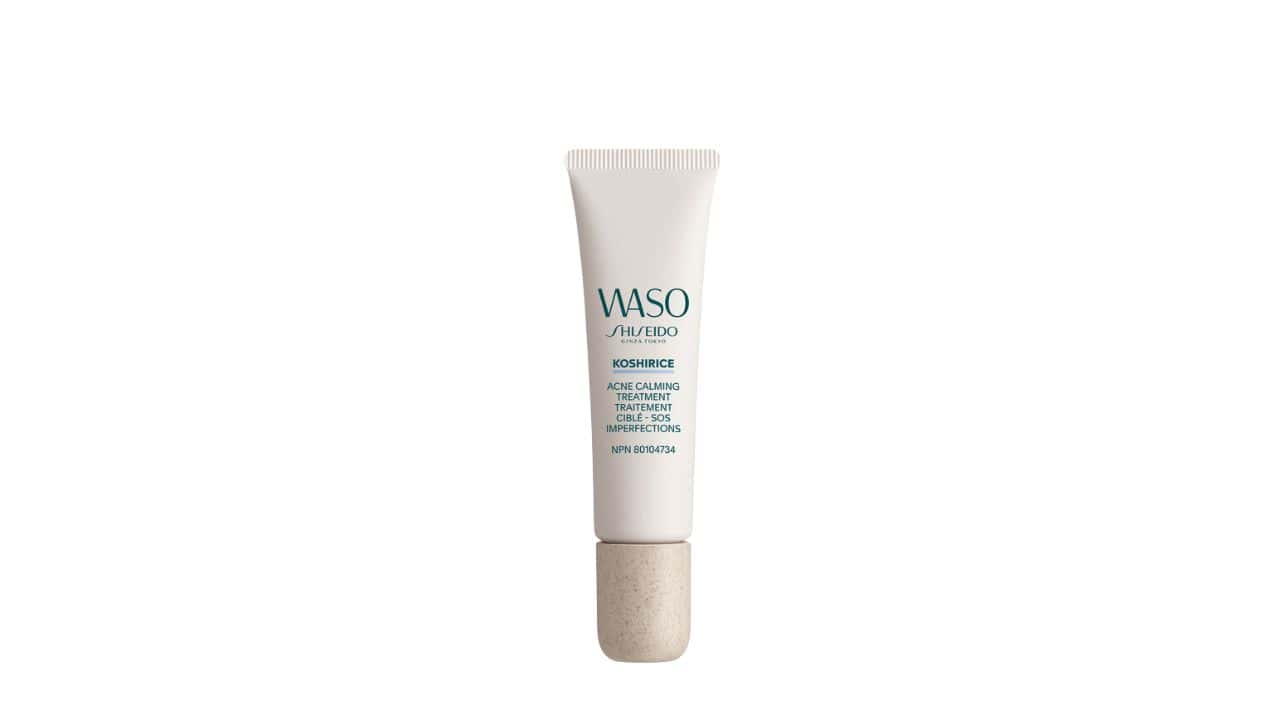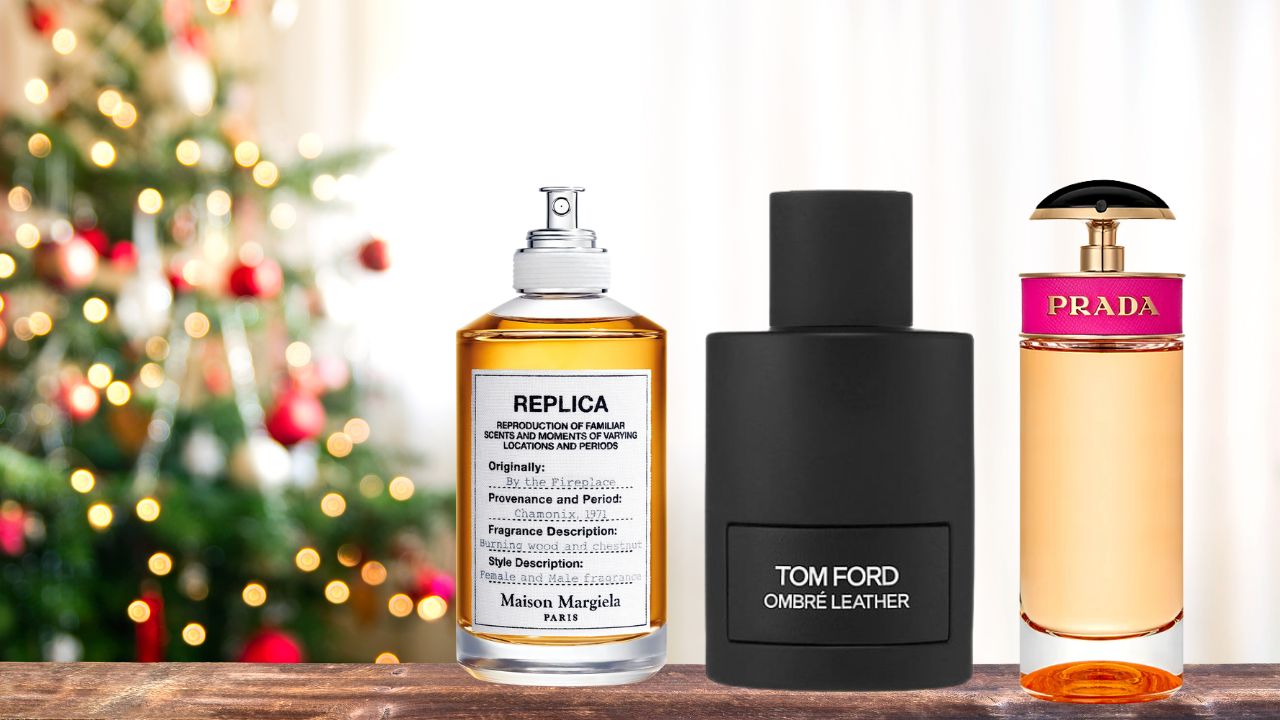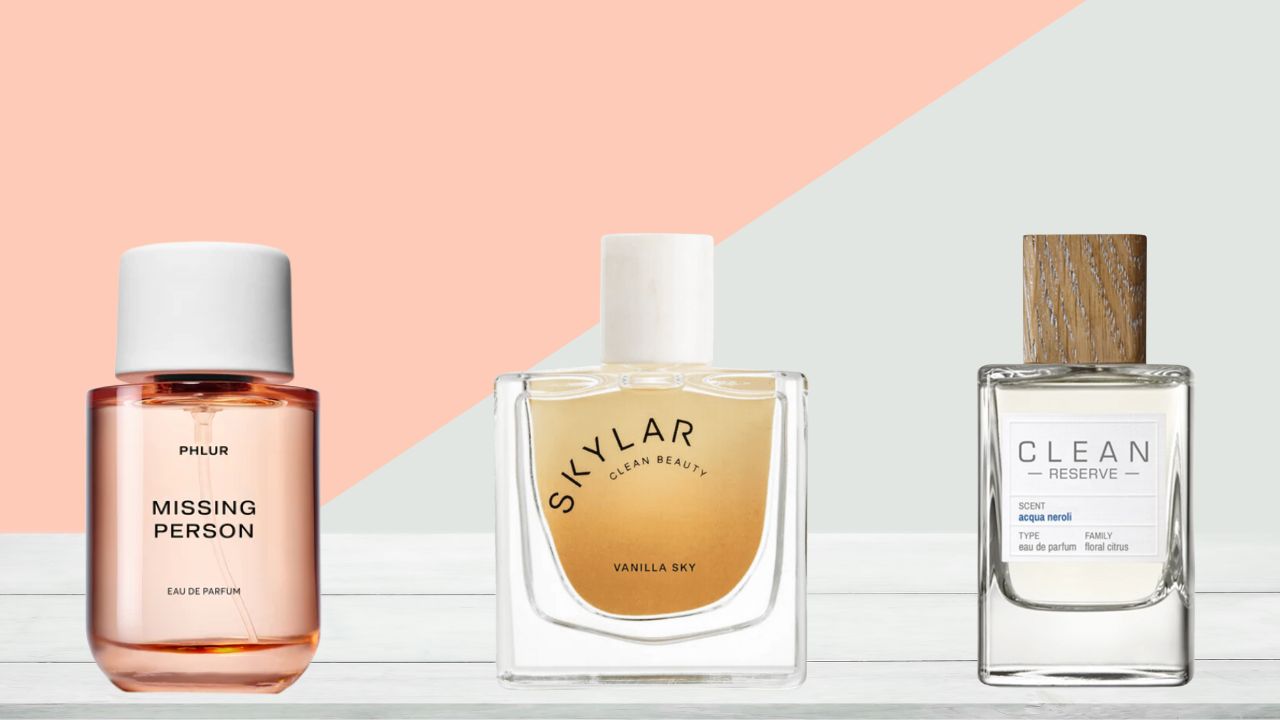Blog
Home / Beauty, Hair & Skin Care / Salicylic Acid: Benefits, Dosages & Side Effects – Complete Guide
Categories
Recent Posts
- How to Buy Authentic Niche Perfume at the Best Price
- How to Buy Authentic Niche Perfume: A Complete Guide
- The Science and Seduction of Pheromone Perfume: What You Need to Know
- 10 Reasons Why You’ll Love Being a Beautinow VIP Member
- The Sophisticated Art of Finding Cheaper Alternatives to Tom Ford Black Orchid
Salicylic Acid: Benefits, Dosages & Side Effects – Complete Guide
0

Salicylic acid has earned its place as one of the most trusted and effective ingredients in modern skincare. This powerhouse beta hydroxy acid (BHA) has revolutionized acne treatment and skincare routines worldwide, offering a gentle yet effective solution for clearer, smoother skin.
From drugstore cleansers to professional-grade peels, salicylic acid appears in countless skincare products, each promising to tackle everything from stubborn blackheads to inflammatory acne. But with so many options and concentrations available, understanding how to use this ingredient safely and effectively is crucial for achieving the best results.
What is Salicylic Acid?
Salicylic acid is a naturally occurring beta hydroxy acid (BHA) originally derived from willow bark, though most skincare products today use a synthetically produced version to ensure purity and consistency. This ingredient has been a cornerstone of dermatological treatments for decades, particularly renowned for its effectiveness in treating acne-prone skin.
Unlike its cousin alpha hydroxy acids (AHAs), salicylic acid is oil-soluble, which gives it a unique advantage in skincare. This oil-soluble nature allows it to penetrate deeper into pores, making it exceptionally effective at addressing issues that originate beneath the skin’s surface.
The Science Behind Salicylic Acid
Chemically speaking, salicylic acid belongs to a class of compounds called salicylates. Its molecular structure allows it to break down the bonds between dead skin cells while simultaneously reducing inflammation – a dual action that makes it particularly effective for acne treatment.
The ingredient works by mimicking the skin’s natural exfoliation process but at an accelerated rate, helping to reveal fresher, clearer skin underneath. This process not only addresses current skin concerns but also helps prevent future breakouts by keeping pores clear and reducing the buildup of dead skin cells.
How Salicylic Acid Works
Understanding how salicylic acid functions on a cellular level helps explain why it’s so effective for various skin concerns. The magic lies in its unique properties and mechanism of action.
Deep Pore Penetration
The oil-soluble nature of salicylic acid is what sets it apart from water-soluble AHAs. While AHAs work primarily on the skin’s surface, salicylic acid can dissolve in the sebum (natural oils) within your pores, allowing it to travel deep into the follicle where acne typically begins.
Once inside the pore, salicylic acid works to dissolve the keratin plugs that can block follicles and lead to blackheads and whiteheads. This deep-cleaning action helps prevent the formation of microcomedones – the precursors to all types of acne lesions.
Exfoliation and Cell Turnover
Salicylic acid promotes healthy cell turnover by breaking down the bonds between dead skin cells on the surface. This gentle chemical exfoliation helps:
- Remove dull, dead skin cells that can make complexion appear lackluster
- Smooth rough skin texture and minimize the appearance of fine lines
- Even out skin tone and reduce the appearance of post-acne marks
- Allow other skincare products to penetrate more effectively
Anti-Inflammatory Action
Beyond its exfoliating properties, salicylic acid possesses significant anti-inflammatory benefits. This is particularly important for acne treatment, as inflammation is a key component in the development of red, swollen pimples.
The anti-inflammatory action helps calm existing breakouts while preventing the inflammatory response that can lead to more severe acne lesions. This dual benefit makes salicylic acid effective not just for treating current acne but for preventing future breakouts.
Benefits for Different Skin Types
Salicylic acid offers unique advantages for various skin types and concerns, though its benefits are most pronounced for those dealing with oily, acne-prone, or combination skin.
For Oily and Acne-Prone Skin
This is where salicylic acid truly shines. For individuals with oily skin, the ingredient helps regulate sebum production while keeping pores clear of excess oil and debris. Key benefits include:
- Dramatic reduction in blackheads and whiteheads
- Prevention of new acne lesions from forming
- Minimized appearance of enlarged pores
- Reduced overall skin oiliness without over-drying
- Faster healing of existing breakouts
The oil-soluble nature makes it particularly effective for this skin type, as it can cut through excess sebum to reach and clear blocked pores.
For Combination Skin
Those with combination skin often struggle to find products that address oily T-zone areas without over-drying the rest of the face. Salicylic acid offers a balanced solution by targeting only the areas where excess oil and clogged pores are present.
Users typically see improved balance across different facial zones, with reduced oiliness in the T-zone and maintained moisture in drier areas like the cheeks.
For Sensitive Skin
While it might seem counterintuitive, salicylic acid can actually be gentler than some other exfoliating acids for sensitive skin types. Its anti-inflammatory properties help reduce redness and irritation, making it a viable option for those who can’t tolerate harsher treatments. Here are important considerations for sensitive skin:
- Start with lower concentrations (0.5-1%)
- Introduce gradually into your routine
- Always follow with a gentle moisturizer
- Monitor skin response carefully
For Mature Skin
Salicylic acid isn’t just for teenagers dealing with acne. Mature skin can benefit from its exfoliating properties, which help address:
- Adult acne and hormonal breakouts
- Rough skin texture and enlarged pores
- Uneven skin tone and post-acne pigmentation
- Dullness from accumulated dead skin cells
Best Salicylic Acid Products
Choosing the right salicylic acid product depends on your skin type, concerns, and tolerance level. Here are some highly effective options across different categories.
Shiseido Waso Koshirice Calming Spot Treatment
This stands out for its targeted approach to blemish treatment. This innovative formula combines salicylic acid with soothing ingredients like rice bran extract, making it effective for treating breakouts while minimizing irritation.

What makes this treatment special: The unique formulation balances active acne-fighting ingredients with calming botanicals, making it suitable even for sensitive skin types. The lightweight texture absorbs quickly without leaving residue, allowing for easy incorporation into any skincare routine.
Kiehl’s Clearly Corrective Dark Spot Solution
This skincare product offers a different approach by combining salicylic acid with other brightening ingredients to address both active breakouts and post-acne pigmentation. This dual-action formula helps prevent new blemishes while working to fade existing dark spots.

What makes this solution special: The inclusion of vitamin C and other brightening agents means you’re not just treating current acne but also working to improve overall skin tone and prevent long-term scarring from breakouts.
Recommended Dosages of Salicylic Acid
Salicylic acid comes in various concentrations, depending on the type of product and intended use. Here’s a general guide to recommended dosages and product types for different skin needs:
- Over-the-counter (OTC) Cleansers and Toners: Typically, salicylic acid concentrations in OTC cleansers and toners range from 0.5% to 2%. For everyday use, 1% to 2% is effective for clearing pores and managing mild acne.
- Serums and Spot Treatments: Higher concentrations (up to 2%) are common in serums and spot treatments. These products are usually applied to specific problem areas, where they can target active acne and exfoliate more intensively.
- Chemical Peels: Salicylic acid peels are generally administered by professionals and can contain concentrations from 10% to 30%. These treatments are highly effective for deeper exfoliation, improving texture, treating acne scars, and reducing pigmentation, though they should be done under supervision to avoid skin irritation or damage.
- Prescription Products: Some prescription-strength salicylic acid treatments may contain concentrations higher than 2%, specifically for treating warts and other skin conditions. Always consult with a dermatologist before using high-concentration products to ensure proper application and avoid adverse effects.
Side Effects of Salicylic Acid
While salicylic acid is safe and effective for many people, it can cause side effects, especially when used in high concentrations or applied too frequently. Here are some common side effects to watch for:
- Dryness and Peeling: Since salicylic acid is an exfoliant, it can sometimes lead to dryness and peeling, especially for individuals with dry or sensitive skin. To minimize this, start with a lower concentration and consider moisturizing afterward.
- Redness and Irritation: Some people experience redness, irritation, or a slight stinging sensation after using salicylic acid. If this occurs, reduce the frequency of use or switch to a lower concentration to see if your skin adapts.
- Increased Sun Sensitivity: Exfoliating acids like salicylic acid can increase skin sensitivity to the sun. Using sunscreen daily is essential when using salicylic acid to protect against sunburn and prevent further irritation.
- Allergic Reactions: Though rare, some individuals may experience an allergic reaction to salicylic acid. Symptoms may include severe redness, itching, or swelling. If you notice any of these signs, discontinue use immediately and consult a healthcare provider.
- Overuse and Skin Barrier Damage: Overuse of salicylic acid can lead to barrier damage, resulting in chronic dryness, irritation, and sensitivity. Following recommended guidelines for dosage and frequency can help maintain a healthy skin barrier.
How to Incorporate Salicylic Acid Into Your Routine
Successfully integrating salicylic acid into your skincare regimen requires careful planning and gradual introduction to maximize benefits while minimizing potential irritation. Here’s how you should start your routine:
- Week 1-2: Introduction Phase – Begin by using your chosen salicylic acid product every other day, preferably in the evening. This allows your skin to adjust gradually while you monitor for any adverse reactions.
- Week 3-4: Building Tolerance – If your skin responds well, you can increase usage to daily application. Continue monitoring your skin’s response and adjust accordingly.
- Week 5+: Maintenance Phase – Once your skin has adapted, you can maintain daily use or even consider adding a second salicylic acid product if needed (such as combining a cleanser with a leave-on treatment).
Transform Your Skin with the Right Salicylic Acid Products
Remember that finding the right salicylic acid product is an investment in your skin’s long-term health and appearance. The consistent use of properly formulated products can help prevent future breakouts, maintain clear pores, and keep your skin looking smooth and healthy regardless of hormonal changes or environmental stressors.
While understanding the science and application of salicylic acid is valuable, having access to authentic, dermatologist-recommended formulations makes the real difference in achieving clear, healthy skin. Finding genuine salicylic acid products with the right concentration and complementary ingredients can be challenging when shopping through multiple retailers.
Discover your perfect salicylic acid solution at Beautinow – your trusted destination for authentic, premium skincare products that deliver professional-quality results in the comfort of your home.
Why choose Beautinow for your salicylic acid skincare needs:
- Curated selection of authentic salicylic acid products from trusted, dermatologist-recommended brands
- Premium formulations with clinically-proven concentrations at competitive prices
- Specialized products for every skin type, from sensitive to acne-prone skin
- Detailed ingredient guides and application instructions for optimal results
- Expert skincare advice and personalized product recommendations
Your skin deserves the specialized care that only comes from properly formulated, high-quality salicylic acid treatments. Experience the difference that authentic, clinically-proven formulations can make in your daily skincare routine with Beautinow’s expertly curated collection of premium salicylic acid products – including professional-grade spot treatments like Shiseido Waso Koshirice Calming Spot Treatment and Kiehl’s Clearly Corrective Dark Spot Solution.
Frequently Asked Questions
Q: Can I use salicylic acid every day?
A: Yes, most people can use salicylic acid daily once their skin has adapted to the ingredient. Start with every other day application for the first 1-2 weeks, then gradually increase to daily use if your skin tolerates it well. Those with sensitive skin may find that every other day or 2-3 times per week works better long-term.
Q: What’s the difference between salicylic acid and benzoyl peroxide?
A: Salicylic acid and benzoyl peroxide work differently to treat acne. Salicylic acid is a BHA that exfoliates and unclogs pores, while benzoyl peroxide kills acne-causing bacteria and has bleaching properties. Salicylic acid is generally gentler and better for sensitive skin, while benzoyl peroxide may be more effective for inflammatory acne but can cause more dryness and irritation.
Q: Should I use salicylic acid in the morning or evening?
A: Either time works, but evening application is often preferred because it eliminates concerns about sun sensitivity during peak daylight hours. If you use salicylic acid in the morning, always follow with broad-spectrum sunscreen. Some people prefer using it at night so they can follow with a rich moisturizer to counteract any drying effects.
Related posts
How to Buy Authentic Niche Perfume at the Best Price
In the hushed corridors of a Parisian perfumery, where alabaster bottles catch filtered afternoon light like precious gems, a revelatio...
How to Buy Authentic Niche Perfume: A Complete Guide
In the dimly lit ateliers of Grasse, where perfumers have been crafting liquid poetry for centuries, something extraordinary is happeni...
The Science and Seduction of Pheromone Perfume: What You Need to Know
In the hushed corners of fragrance boutiques and the scrolling feeds of beauty influencers, a particular category of scent has been gen...
10 Reasons Why You’ll Love Being a Beautinow VIP Member
In the constellation of luxury fragrance retailers, where every boutique promises exclusivity and every brand whispers of sophisticatio...
The Sophisticated Art of Finding Cheaper Alternatives to Tom Ford Black Orchid
There's something almost mythical about walking into a room wearing Tom Ford Black Orchid. The way heads turn, the subtle compliments t...
Best YSL Perfumes for Men in 2026: The Definitive Guide
In the hushed corners of Parisian perfumeries, where light filters through crystal bottles and conversation turns to notes of vetiver a...
Affordable Christmas Perfume Gifts That Actually Feel Luxurious
There's something inherently intimate about gifting fragrance—it's a gesture that says you've paid attention, that you understand someo...
The Definitive Guide to Perfumes That Smell Like Creed Aventus: Luxury Scents Without the Luxury Price Tag
There's a certain magnetism to walking into a room wearing the right fragrance. It's not loud, it's not desperate—it's simply there, co...
Perfume Advent Calendars: 12 Days of Niche Scents
There's something quietly revolutionary happening in the world of fragrance, and it arrives in December wrapped in numbered boxes. Forg...
Christmas Makeup Ideas: Your Guide to Festive Glamour That Actually Works
Picture this: You're getting ready for the season's most anticipated gathering, and you're faced with the same tired holiday makeup dil...
Perfumes That Smell Like Christmas: Your Guide to Festive Fragrance Magic
There's something almost alchemical about the way certain fragrances can transport you instantly to a snow-dusted evening in December, ...
Perfume for Sensitive Skin That Won’t Cause Allergies: The Essential Guide to Scent Without Irritation
There's a particular kind of disappointment that comes with finding a fragrance you love, only to discover hours later that your skin h...
Comments













